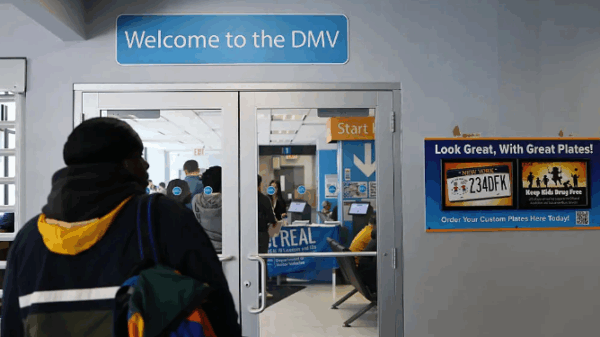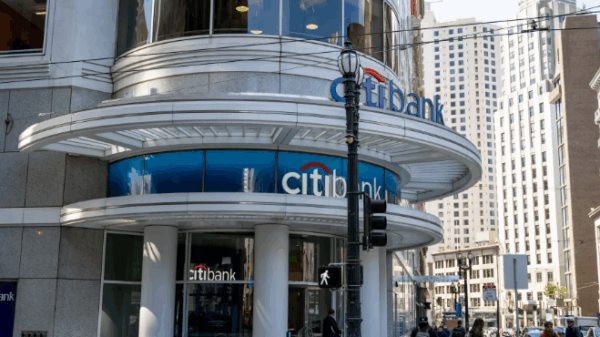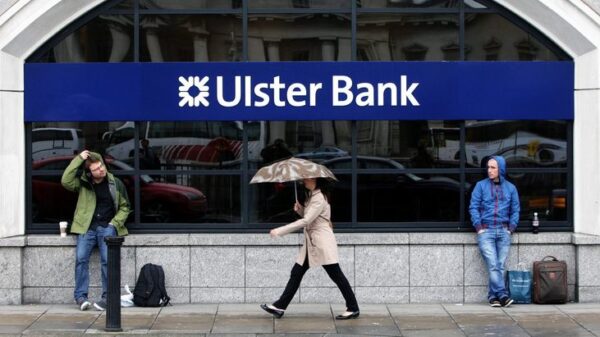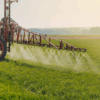As the fall semester unfolds, nearly one in four college students in the U.S. grapples with a serious issue: food insecurity. A 2024 study by the U.S. Government Accountability Office (GAO) highlights the alarming statistic that 3.8 million college students experienced food insecurity in 2020, with more than half reporting they skipped meals or went without food multiple times a day due to financial constraints.
This crisis has deep roots. Traditionally viewed as a stereotype of college life—students subsisting on ramen noodles—food insecurity has escalated into a significant barrier for many. Increasing enrollment among low-income students, coupled with rising costs of education and living expenses, has exacerbated the situation.
The GAO’s report is the first to provide national data on the extent of food insecurity among college students, revealing its profound impact on academic performance and long-term career prospects. Research indicates that food insecurity negatively affects student performance and decreases college completion rates, ultimately depriving the economy of vital, educated workers.
One personal account comes from a former single mother who struggled with food insecurity while pursuing a college degree. Her journey, which extended over 12 years, underscores the challenges many face in balancing education, work, and the need for basic nutrition.
The Supplemental Nutrition Assistance Program (SNAP) could alleviate some of this crisis, yet its current structure excludes millions of college students. To qualify for SNAP, applicants must meet income thresholds and specific criteria, including work requirements for those enrolled in higher education. These restrictions, initially based on unfounded concerns, continue to hinder access for many students who desperately need support.
The GAO report indicates that while 4.5 million college students meet SNAP income criteria, only 3.3 million qualify under existing exemptions, mainly those working at least 20 hours per week. This expectation is daunting for students juggling coursework and job responsibilities, with two-thirds of eligible students reporting they do not receive SNAP benefits.
The issue of food insecurity disproportionately affects minority-serving and for-profit institutions, as well as vulnerable populations such as homeless students, former foster youth, and first-generation college students. The repercussions are far-reaching; inadequate nutrition leads to poorer academic performance, which can delay or derail students’ educational and career aspirations.
The ongoing challenges underscore the need for systemic reform. A 2023 Georgetown University report predicts that 72% of jobs will require postsecondary education by 2031, emphasizing the urgency of addressing food insecurity to bolster the workforce.
As Congress prepares to reauthorize the Farm Bill, which includes SNAP, advocates urge lawmakers to adjust the program to reflect contemporary economic realities. This bipartisan opportunity could ensure that students no longer have to choose between education and meeting their basic nutritional needs.
Addressing food insecurity among college students is not just a moral imperative; it is essential for securing a robust economic future. By reforming SNAP, we can help ensure that all students have the opportunity to succeed and contribute to a thriving economy.









































